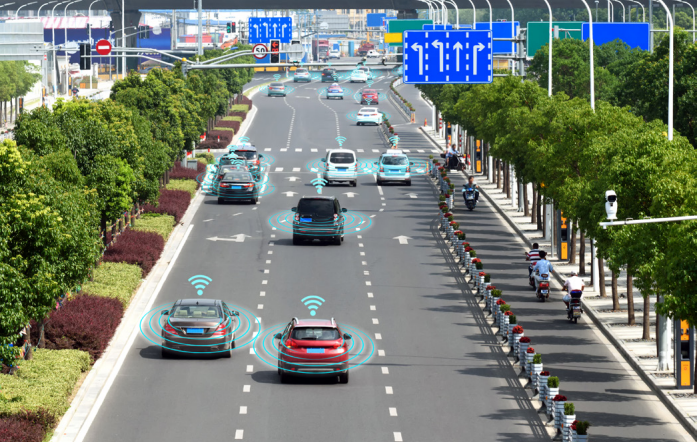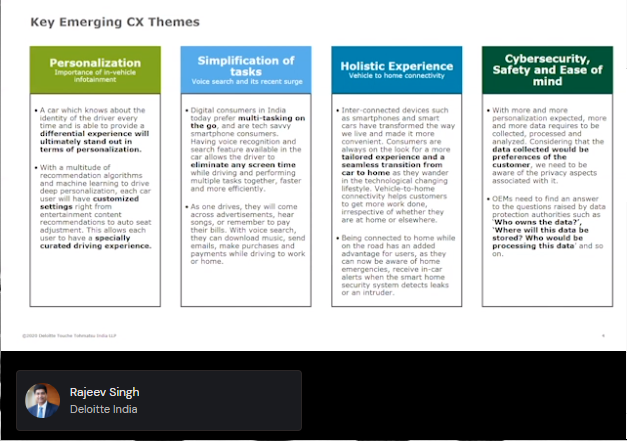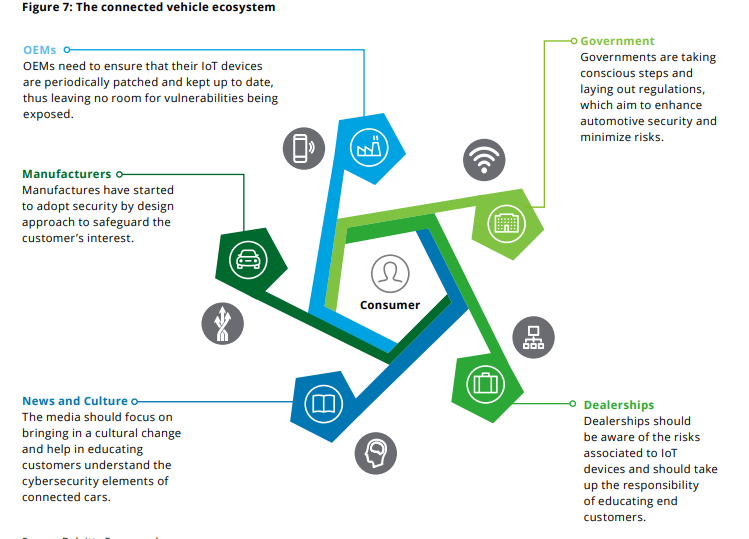
New Delhi: Cybersecurity is an integral part of the connected car ecosystem, especially when it comes to customer experience. It cuts across the entire ecosystem of connected vehicles, starting from design to manufacturing to sales through dealerships.
In a presentation on ‘Reimagining Success in Connected Vehicles with a differentiated CX approach’ at ETAuto Connected Vehicle Virtual Summit, Rajeev Singh, Partner and Leader, Automotive Sector said, “While designing the right customer experiences, cybersecurity will go hand in hand with the ease of use of various features.”
According to Deloitte’s research on the shopping behaviour and vehicle preferences for US-based Gen Y automotive consumers (born between 1977 and 1994), customer experience is three times more important than vehicle design in determining the purchase outcome.
India ranks first in data anxiety related to connected vehicles. 69% of Indian buyers are concerned with the security of biometric datagenerated and shared with external parties by connected vehicles. Germany and the US rank second and third, respectively.Deloitte
Customer experience is key not only to any purchase decision but also to product adoption. A 2018 report by Deloitte highlighted that 52 percent of customers had decided against buying a car because of poor sales experience, despite ~US$15 million being spent by Indian auto companies on CX initiatives in that year. Therefore, customer experience goes a long way to solving key business problems.

Personalization in the context of a connected car plays an important role in providing differentiated experiences to an end-user. In-vehicle infotainment is one of the key elements achieving the maximum personalisation level.
In-vehicle infotainment system finds its application across infotainment, navigation, communication and connectivity, remote services, and telematics services with Over-The-Air (OTA) updates. In developed markets, people use infotainment systems also for accessing social media and emails, checking the availability of parking spots across the city, and streaming high-definition audio and video.
Consumers’ demand for more intuitive technology integration in their infotainment systems is driving automotive manufacturers to equip their cars with the latest technologies and features. In addition to this, the large availability of entertainment content and the need for driving-related information are factors fuelling the demand for feature-rich infotainment systems.
Capturing key information on drivers’ preferred destinations and pastimes, in-car technology will be able to provide a more personalised driving experience, allowing users more time to do what they enjoy, outlined Singh, further adding “Integrating these features with customised human-machine interfaces to retain brand identity can be key to success in an exponentially growing industry.”

The industry expert outlined, “simplification here is referred to in terms of the tasks like sending emails, messages, making payments, that the customer usually ends up doing while he’s back at home. The OEMs need to ensure the simplification of those processes so that the customer can perform these tasks while he’s traveling in the car because he ends up spending anywhere between say 2 to 4 hours every day in the car depending on the city.”
Today, digital consumers in India prefer multi-tasking on the go and are tech-savvy smartphone consumers. Hence, having voice recognition and search features available in the car allows the driver to eliminate any screen time while driving and multitasking faster and more efficiently.
Holistic experiences
According to Rajeev Singh, the third bucket is providing an overall holistic experience to the customers.
The growing smart home market and the need to connect drivers/customers to their external environment is forcing automotive OEMs to reconsider their development and partnerships strategies. A number of OEMs are integrating voice control platforms into their cars. Building a connection to the wider smart infrastructure will require a number of partnerships and platforms to be integrated into the vehicle.
Consumers are always on the lookout for tailored experiences and seamless transitions from car to home as they wander into the technologically changing lifestyle. Vehicle-to-home connectivity helps customers get more work is done, irrespective of whether they are at home or elsewhere.
“The key to providing a differentiated customer experience is the ability to manage and control multiple electronic gadgets through a single interface and for connected car applications to take the lead. Hence, if a connected car app can provide a single interface to all home IoT devices, the possibilities around new features and functionalities will be endless”, said Singh.
Pre-built partnerships with existing players in the home-automation market may be of interest to potential buyers who want to buy the entire experience as an add-on concept, he further added.

Globally, customers are increasingly becoming aware of the security, safety, and privacy risks associated with connectivity. Especially, when it comes to use cases where the vehicle connects to home.
India ranks first in data anxiety related to connected vehicles. 69% of Indian buyers are concerned with the security of biometric data generated and shared with external parties by connected vehicles. Germany and the US rank second and third, respectively, in the list with 62 and 59 percent buyers concerned about data security.
Singh said, “With higher levels of personalisation expected, more data requires to be collected, processed, and analysed. Considering that the data collected would be preferences of customers, we need to be aware of its associated privacy aspects.”
He further suggested that the OEMs need to find an answer to the questions raised by data protection authorities, such as “who owns the data?”, “where will this data be stored?”, and “who would be processing this data?”, and so on.
A major share of this responsibility lies with OEMs who build and develop the systems necessary for establishing connectivity. They must look at the ecosystem holistically and develop strategies for securing components under their direct purview and educating and creating awareness for end customers on safeguarding components they control.
OEMs, though it is not their responsibility alone, would stand to benefit if they provide awareness on the security and privacy aspects that customers need to be aware of.














